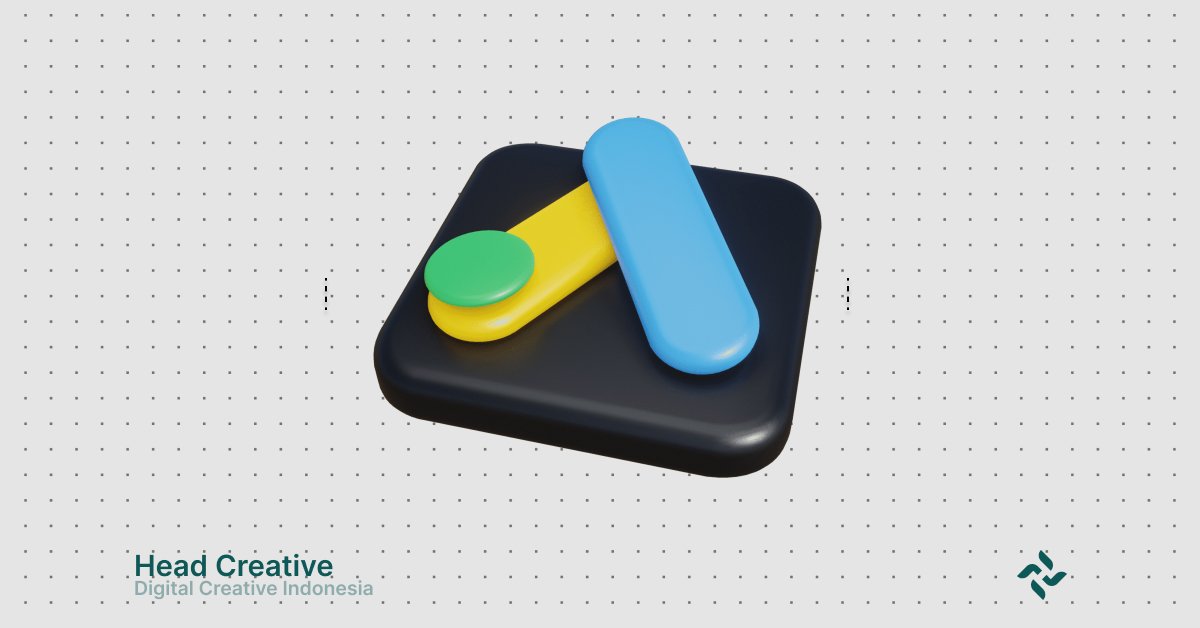Understanding the View-Through Conversion Window in Google Ads
When discussing the success of a digital advertising campaign, data is everything. One commonly used metric for measuring campaign effectiveness is the view-through conversion window in Google Ads. But what exactly does this metric mean, and why is it important for your business?
This article will help you understand the concept of the view-through conversion window, why it is crucial for evaluating ad performance, and how its implementation can influence your digital marketing strategy.
What is the View-Through Conversion Window?
The view-through conversion window in Google Ads is a specific time frame used to track whether someone takes an action (such as making a purchase or signing up) after simply seeing your ad—without necessarily clicking on it.
- For example, if someone sees your banner ad today but makes a purchase three days later, this action can be categorized as a view-through conversion, provided the conversion window you’ve set includes those three days.
Why is the Conversion Window Important in Google Ads Campaigns?
Setting the right view-through conversion window offers immense benefits in measuring the effectiveness of your ads. Here are a few reasons why:
1. Understanding Consumer Behavior
Not all consumers act immediately after seeing an ad. With a view-through conversion window, you can understand how your ad influences consumer behavior over a specific period.
2. Optimizing Conversion Attribution
Attribution is the art of understanding the contribution of each touchpoint in the customer journey toward a purchase. The view-through conversion window in Google Ads ensures that the impact of your ad impressions is accurately measured.
3. Improving Campaign ROI
With more accurate data, you can identify which ads are truly effective and allocate your budget toward strategies that deliver the best results.
Relevance of the View-Through Conversion Window for Digital Businesses
In the fast-paced world of digital marketing, the view-through conversion window in Google Ads provides significant value, especially for businesses aiming to:
1. Optimize Branding Campaigns
If your ad goal is to boost brand awareness, the view-through conversion window helps assess its impact even without direct interactions like clicks.
2. Track Remarketing Performance
Remarketing campaigns often rely on ad impressions to trigger follow-up actions. The conversion window ensures that this impact remains measurable.
3. Measure Multi-Channel Campaign Success
In marketing strategies involving multiple platforms, the ability to track view-through conversions connects dots that might otherwise be missed by other metrics.
What is the View-Through Conversion Window in Google Ads?
In the digital advertising ecosystem, metrics like conversions don’t just revolve around clicks—they also encompass the impact of ad impressions. The view-through conversion window in Google Ads is one key tool designed to help advertisers understand how an ad influences the audience, even if they don’t directly engage with it.
Definition of the View-Through Conversion Window in Google Ads
Simply put, the view-through conversion window in Google Ads is a specific time frame used to track conversion actions after someone merely views your ad without clicking on it.
For instance:
- If someone views your ad today but only makes a purchase or takes another action three days later, the action is still counted as a view-through conversion—provided the window covers that time frame.
Why is this important?
In the consumer journey, not all actions happen immediately after a click. Many purchasing decisions begin with a simple ad exposure, and the view-through conversion window provides a more comprehensive understanding.
How the View-Through Conversion Window Works in Tracking Conversions
How does this system operate? Here’s an overview:
- Ad is Displayed: When someone sees your ad (without clicking), Google Ads starts counting time from the moment the impression occurs.
- Action is Taken: If the audience performs an action, such as making a purchase, signing up, or downloading an app within the specified window (e.g., 1 to 30 days), this action is counted as a view-through conversion.
- Data is Reported: Google Ads records the action as part of your ad metrics, providing insights into the effectiveness of your ad impressions—not just clicks.
Practical Example:
- You run a branding campaign with banner ads.
- A viewer sees your ad on Monday but makes a purchase on Friday.
- If your view-through conversion window is set to 7 days, this purchase will be counted as a view-through conversion.
Differences Between Click Conversions and View-Through Conversions
It is essential to understand the fundamental differences between these two types of conversions:
| Aspect | Click Conversion | View-Through Conversion |
|---|---|---|
| Audience Interaction | Occurs after a user clicks on the ad. | Occurs after a user simply views the ad. |
| Campaign Context | Ideal for action-oriented campaigns. | Suitable for branding or remarketing campaigns. |
| Tracking Duration | Depends on the defined click conversion window. | Depends on the set view-through conversion window. |
When to Use View-Through Conversions?
- When running a branding campaign focused on increasing brand awareness.
- In remarketing campaigns where ad impressions serve as visual reminders for the audience.
- For products with longer purchase cycles, where decisions take more time after seeing an ad.
How is the View-Through Conversion Window Set?
Setting the view-through conversion window in Google Ads is a crucial step to accurately measure your ad’s impact. Google Ads allows advertisers to configure this duration based on campaign objectives, audience type, and the product or service purchase cycle.
How do you set an ideal view-through conversion window? This section will outline the steps, factors influencing the duration, and real-world examples of implementation in digital campaigns.
Steps to Set the View-Through Conversion Window
Google Ads offers flexibility for advertisers to define the view-through conversion window duration, typically ranging from 1 to 30 days. Here’s how to set it up:
- Log into Your Google Ads Account
Access your Google Ads account and navigate to the Tools & Settings menu at the top of the dashboard. - Access Conversion Tracking
Select Conversions under the Measurement tab. Here, you’ll see a list of conversion actions already set up. - Edit or Add a New Conversion
Choose a conversion action you want to configure, or create a new conversion action. Click Edit Settings. - Set the View-Through Conversion Window
Locate the View-Through Conversion Window section and specify the desired duration (1–30 days). Google recommends a standard 30-day duration for campaigns aimed at brand awareness. - Save and Apply
After configuring the duration, click Save to store your settings.
Tips:
- Ensure the duration you set aligns with your campaign type and target audience behavior.
Factors Influencing the Conversion Window Duration
Defining the view-through conversion window duration in Google Ads should not be arbitrary. Several important factors must be considered:
- Campaign Objectives
- For brand awareness, use a longer duration (e.g., 14–30 days).
- For fast-action campaigns like flash discounts, choose a shorter duration (1–7 days).
- Type of Product or Service
- Products with long purchase cycles, such as real estate or vehicles, require a longer conversion window.
- Daily consumables can use a shorter conversion window.
- Consumer Behavior
- Analyze your audience data. If the average decision-making time spans several days, adjust the duration to match this pattern.
- Remarketing Strategy
- For remarketing campaigns, a longer view-through conversion window allows you to track actions from consumers needing more reminders.
- Type of Ads Used
- Video or display ads often require a longer duration compared to search ads, as their influence on actions is more gradual.
Example Scenarios for Using the View-Through Conversion Window
To make it easier to understand, here are some examples of applying the view-through conversion window in Google Ads across different situations:
Scenario 1: Flash Sale Campaign
An online store runs a 24-hour discount campaign.
- Conversion window duration: 1–2 days.
- Reason: Most buyers decide to purchase quickly after seeing the discount ad.
Scenario 2: Branding Campaign for Electronics
An electronics brand launches banner ads for a new product.
- Conversion window duration: 14–30 days.
- Reason: Consumers often take time to compare prices, read reviews, or wait for the right moment to purchase.
Scenario 3: Remarketing for Webinar Registration
A webinar organizer uses display ads to remind audiences who visited their site.
- Conversion window duration: 7–14 days.
- Reason: Audiences may need time to check their schedule or consider the webinar’s relevance before registering.
Why is the View-Through Conversion Window Important?
In the digital advertising world, accurate data is key to making strategic decisions. One often-overlooked yet crucial element is the view-through conversion window in Google Ads. This component plays a critical role in understanding how your ads contribute to the customer journey, even without direct interactions like clicks.
Impact of the Conversion Window on Ad Performance Tracking
The view-through conversion window in Google Ads allows advertisers to track the impact of ad impressions on consumer actions. It offers a broader perspective beyond focusing solely on clicks or direct visits. Here are its main impacts:
- Complements Attribution Data
- With the view-through conversion window, you can see how a banner ad, even without being clicked, contributes to a customer’s purchase decision.
- Measures Branding Campaign Effectiveness
- Branding ads often aim to boost brand awareness and rarely generate direct clicks. Through the view-through conversion window, their impact can still be assessed.
- Provides More Accurate Insights
- Without this tracking, the contribution of ad impressions is often overlooked in performance reports, leaving your data incomplete.
Read More: What is Ad Copy? Definition, Function, and How to Create It


